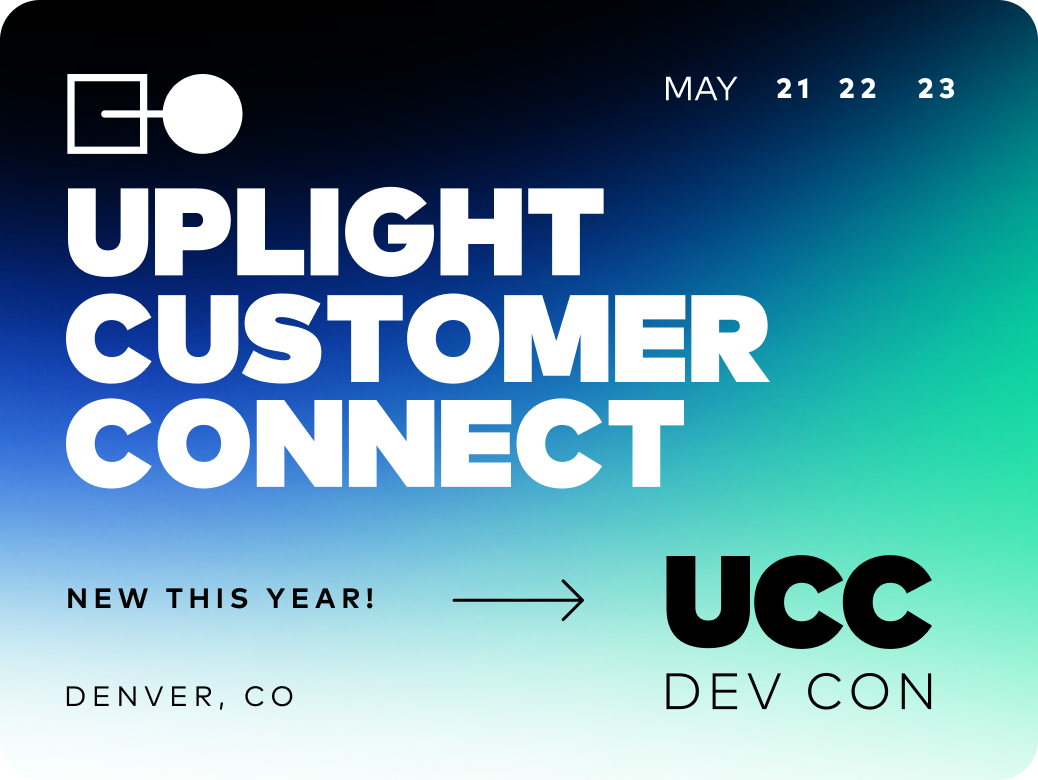Adoption of distributed energy resources (DERs) – such as smart thermostats, smart water heaters and electric vehicles (EV) – are increasing rapidly, with Guidehouse forecasting a compound annual growth rate of 60-80% through to 2027. Utilities have also rolled out smart meters for residential customers for over a decade – with 60 million residential customers in the US now having a smart meter. Seeking to leverage both of these trends to help reduce peak demand and drive increased load flexibility, over 50% of Investor Owned Utilities now offer time varying rates – commonly referred to as Time of Use (TOU) or Time of Day rates.
TOU rates are commonly seen as the new ‘multi-tool,’ to cut utility costs, reduce emissions, manage loads, and adapt to new distributed technologies. When amassed, even a 5% reduction in U.S. peak demand has the potential to save consumers $3 billion annually.
Yet uptake of TOU rates remains low, with less than 10% of eligible customers opting-in to a TOU rate. In the absence of proactive engagement and education by utilities, customers face concerns over bill volatility and find it difficult to understand rate structures. When defaulted onto a mandatory TOU rate, customer satisfaction with utility price drops on average by 10% due to lack of customer education and empowerment.
Changing the TOU narrative
Adopting best practice principles for implementing TOU rates can deliver significant benefits:
- Effective engagement and education methods alone can achieve a 5-12% reduction in peak load consumption on average, and
- The use of enabling technologies – such as smart thermostats – can achieve a reduction in 10-30% in peak load consumption on average.
In a previous study for a Southeast electric utility, Uplight found that by using Orchestrated Energy to optimize HVAC cooling schedules via smart thermostat control, customers could save 4-12% off their energy bill compared to the standard rate.
Similar to experiences in demand response programs, seamless enrollment flows remove friction and minimize touchpoints by bundling rate advisement, rate enrollment, thermostat purchase (or BYO registration), and authorization for device control into a single simple customer journey. Additional eligibility checks, changes in billing systems, and any meter upgrade scheduling should be completed behind the scenes – not as part of a disruption of the customer facing sign-up flow – to ensure high completion rates and high customer satisfaction with the experience.
Orchestrating for superior customer TOU experience
With Uplight’s Orchestrated Energy platform, daily personalized smart thermostat control schedule can be automatically dispatched to optimize HVAC usage relative to the TOU rate pricing structure. Orchestrated Energy schedules operate such that they maximize load shift while minimizing customer impact, based on learnt individual comfort preferences. Customers also have the added peace of mind of continuing to have the ability to override the daily schedule at any time if desired.





